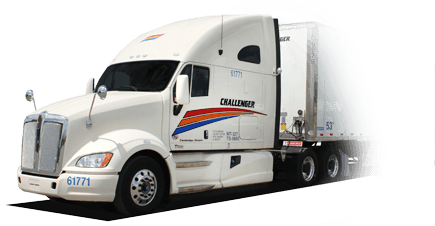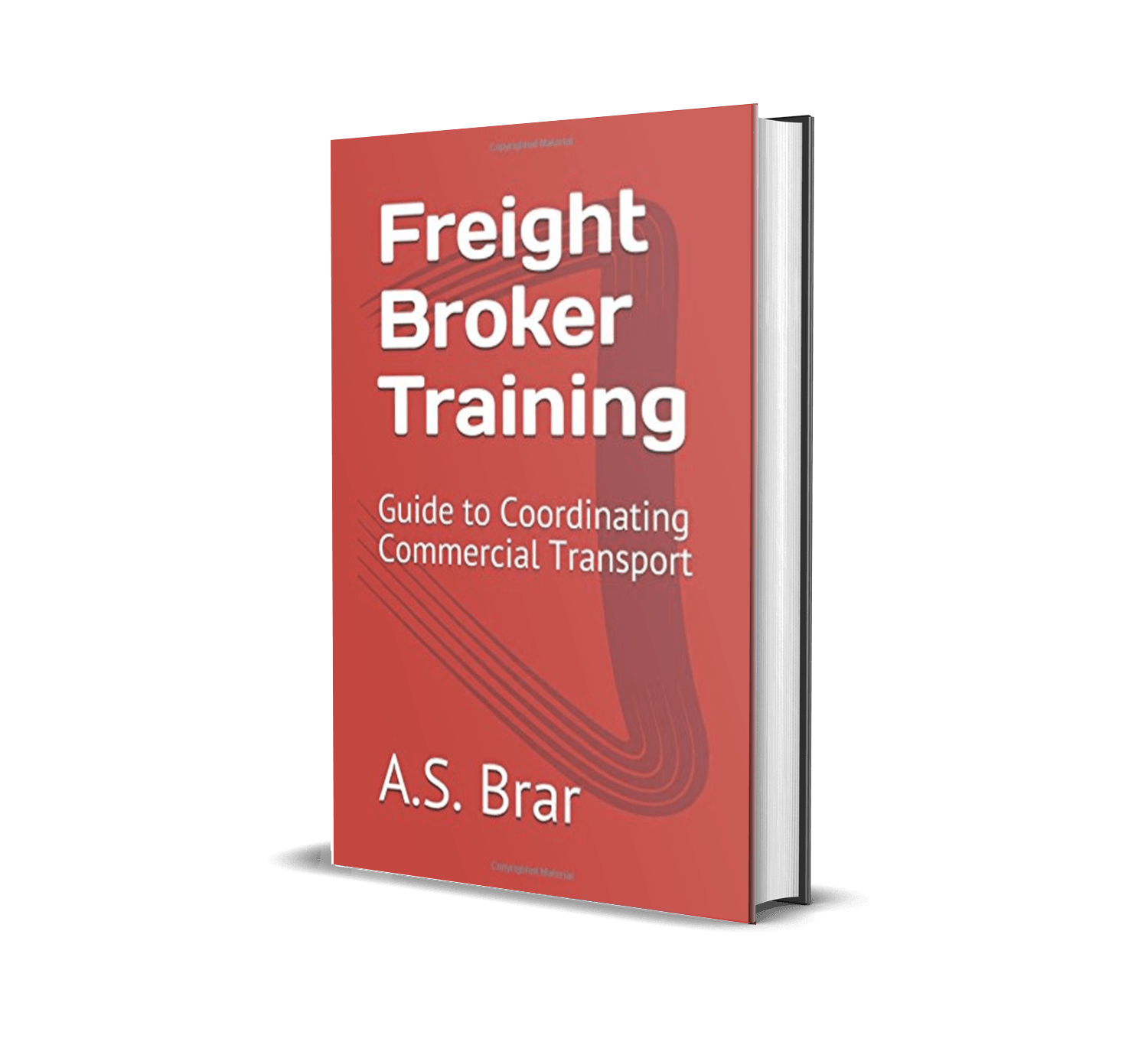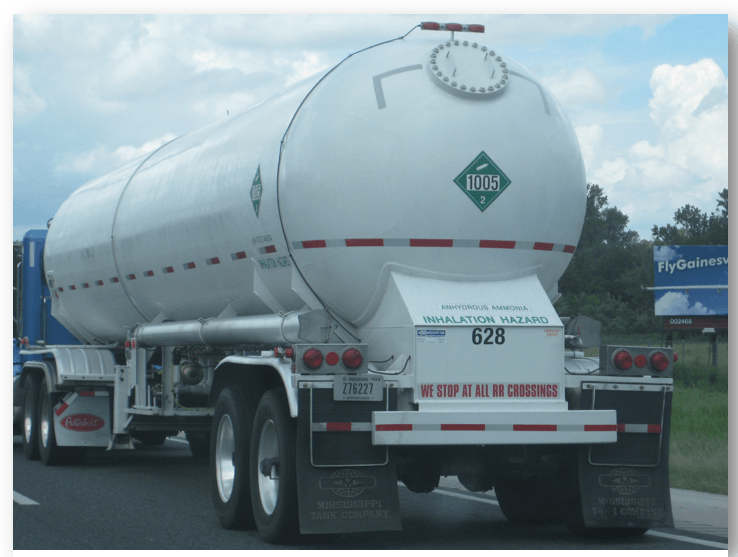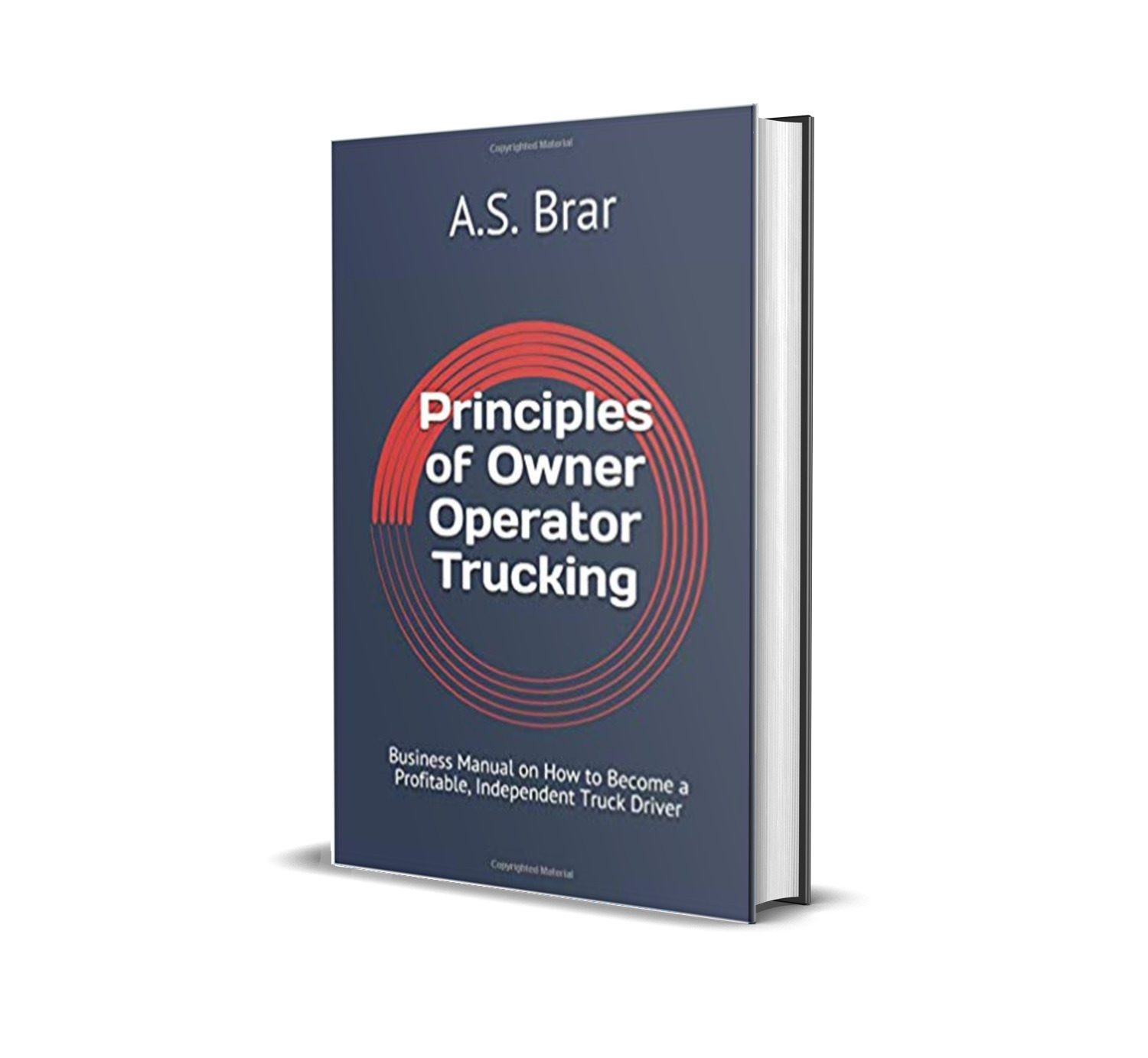Brief history of Canada’s transportation industry.
For centuries the primary mode of transportation in Canada was by ship. As European settlers began establishing a foothold in Canada, they also were responsible for building the country’s first road. For example, in 1606, French explorer Samuel de Champlain constructed Canada’s first road that stretched 16 kilometers in Nova Scotia. By 1734 a rugged highway had been built to connect Quebec City to Montreal.
By 1850 railways became the primary method of transportation within the country. Railroads linked communities’ together and allowed goods to move.
However, the usage of boat docks was still required because freight had to go to and from rail terminals.
Teamsters also played a significant role in Canada’s transportation industry. Goods began to be transported via horse wagons and oxen carts. The term teamster is synonymous with the present day truck driver.
As technology continued to be developed, Parker Works purchased Canada’s first gasoline powered truck. By the early 1900’s mechanics and engineers took to truck driver courses to learn how to operate the vehicles.
In the 1930’s refrigerated trailers became a part of the trucking industry. The introduction of refrigerated containers meant that fresh produce and perishable items could be transported.
Canadian trucking regulations: The National Safety Code
Over the past few years, Canadian trucking regulatory agencies have favored setting guidelines to increase safety as opposed to increasing economic regulation. Canadian trucking regulations have been created to enhance the security standards of the developing transportation industry.
As of 1987, all Canadian carriers are required to meet the operational guidelines created under the National Safety Code (NSC).
The National Safety Code is designed to help commercial carriers to be compliant with local, national, and international regulations. Up till now, each provincial government in Canada has tailored the NSC to their provincial laws.
The NSC guidelines have been created by the Canadian Council of Motor Transportation (CCMTA). And the goal of NSC is:
- Ensure uniform safety regulations and enforce those regulations across all Canadian provinces and territories
- Enhance driver and truck safety on Canadian cross-border route.
- More emphasis is placed on safety regulations rather than economic regulations
The NSC consists of 16 main regulatory guidelines:
- A driver may only have one driver’s license. For example, drivers are not allowed to have multiple drivers’ licenses in multiple provinces.
- Written and practical tests that test the knowledge and performance of drivers
- Testing required to examine the driver’s training
- Classified driver’s licensing process that classifies licenses based on weight and type of vehicle.
- Self- certification standards and methods that are dependent on the training elements needed for commercial licenses.
- Drivers are required to pass the required medical standards.
- Data collected on carrier and driver profiles
- A legal party can suspend a driver’s license for a short term
- Drivers are only allowed to work X amount of hours
- Loads must be secured according to particular requirements
- Commercial vehicles are required to be in compliance with vehicle maintenance and inspection standards
- CVSA standards that describe on-road inspection procedures
- Ensuring the vehicle is safe and is thoroughly inspected
- Safety ratings that are issued based on how they measure up against the national safety codes
- Inspections and audits of facilities
- Required first aid training for trucking companies.
It is needless to say that the U.S. trucking industry is more heavily regulated than the Canadian trucking industry. Much of the regulation responsibility has been delegated to the provincial and territorial governments of Canada through the Motor Vehicle Transport Act.
Driver’s License Requirements
In Canada, the requirements to obtain a drivers license varies depending on the province or territory. In order to transport freight on inter-provincial routes, a commercial vehicle driver must be licensed to drive in that province or territory. This law is required because drivers, rigs, cargo, and other drivers on the road will be safer.
Alberta
- Class 1 License: This permit allows you to drive any vehicle except a motorcycle. The minimum required age is 18 years old.
- Class 2 License: With this permit, you are allowed to drive any type of bus or other vehicles. The minimum required age is 18 years old.
- Class 3 License: This permit allows you to drive a motor vehicle that has three or more axles.
- Class 4: This permit allows you to drive a taxi, bus, or ambulance with seats up to 24 passengers. The minimum required age is 18 years old.
British Columbia
- Class 1: This permit allows you to drive commercial motor vehicles. Driving a motorcycle is prohibited with this permit. The required minimum age is 19 years old.
- Class 2: This permit allows you to operate any bus as well as any motor vehicle that is allowed by class four and five drivers.
- Class 3: This license allows you to drive trucks with more than two axles such as tow trucks or dump truckers. Permit holders can also drive any motor vehicle that is classified in class 4 or 5. The required minimum age is 18 years old.
- Class 4: This permit allows you to drive vehicles such as taxis and ambulances. The required minimum age is 19 years old.
Manitoba
- Class 1: This permit allows you to operate commercial motor vehicles such as semi trucks. You are also authorized to drive all other vehicles except for a motorcycle.
- Class 2: This permit allows you to drive a bus with seats up to 24 passengers. You can also drive class three and four vehicles. The minimum age required is 18 years old.
- Class 3: This permit allows you to drive trucks with more than two axles such as dump trucks. You can also drive class 4 and class 5 vehicles. The required minimum age is 18 years old.
- Class 4: This permit allows you to drive vehicles such as taxis, ambulances, and other vehicles with seats up to 24 passengers. The required minimum age is 18 years old.
Ontario
- Class A: With this permit you can drive any tractor-trailer or other motor vehicles where the vehicles’ weight is not over the 10,414 pounds limit.
- Class A with condition R: With this restriction on your permit you are not allowed to drive a motor vehicle that is pulling two trailers or more, or a CMV pulling a trailer with air brakes.
- Class B: With this permit, you can drive any school bus with seats up to 24 passengers.
- Class C: With this license, you can drive any bus with seats up to 24 passengers.
- Class D: With this license you can drive any motor vehicle that weighs more than 24,251 pounds given the towed vehicle does not exceed 10,141 pounds.
Carrier Safety Rating (CSR) Program
The Commercial Vehicle Operation Registration (CVOR) is part of the Carrier Safety Rating program. The Ministry of Transportation assesses carriers and gives each carrier a safety rating. The safety rating is based on factors such as inspections, accident history, motor vehicle act convictions, and audits.
Carriers based in Ontario must follow a set of laws and regulations that apply to the operation of trucks:
- Compulsory Automobile Insurance Act
- The Highway Traffic Ac
- Public Vehicles Act
- Motor Vehicle Act
- Fuel Tax Act
- Transportation of Dangerous Goods Act
The Commercial Vehicle Operation Registration (CVOR) system monitors the safety performance of trucks that have a total weight exceeding 9,921 lbs. The CVOR system is designed to enhance road safety for all users of Ontario’s roads.
If you are a carrier based in Ontario, you must have a CVOR certificate. The CVOR certificate contains a unique nine-digit number that highway authorities can use to verify your certification to operate. Carriers must retain a copy of the CVOR certificate in each of their trucks.
As a CVOR Certificate holder, you are responsible for the safety condition of vehicles, driver performance, and the goods being shipped. You must also need to ensure you are hiring qualified and licensed drivers.
Moreover, CVOR requires carriers to monitor the driving habits of drivers, solve safety issues, keep vehicles well maintained, have security measures in place for freight, and keep the appropriate records on file.
You must also notify the Ministry of Transportation if there have been updates to your name, address, fleet, phone number, or changes in the board of directors.
Border Crossing
In September 2011, the Canada Border Services Agency (CBSA) issued a new Customs Noticed for point-to-point cabotage.
Both Canada and the United States have similar cabotage rules that govern the movement of freight in a cross-border scenario. However, the United States has established strict regulations so that cross-border carriers cannot drive point-to-point on U.S. soil.
The CBSA plans to perform post-compliance verification and has stated that violators will have to face heavy fines.
Trucks are not allowed to move interstate freight once they have crossed the U.S./Canada border.
Canada’s federal government does not govern many aspects of trucking as it does in other modes of freight transportation such as rail, air, and marine. This is mainly because the provinces have been delegated the authority by the federal government to build roads and form their regulations within their jurisdiction(s). Much of this delegation is due to the introduction of the Motor Vehicle Transport Act (MVTA).
Moreover, the North American Free Trade Agreement (NAFTA) has sparked better coordination between U.S. and Canada regarding freight transportation.
The above information will give you a general overview of Canada’s trucking regulations.



